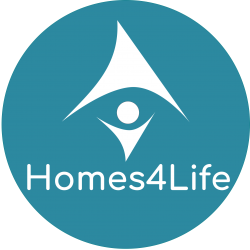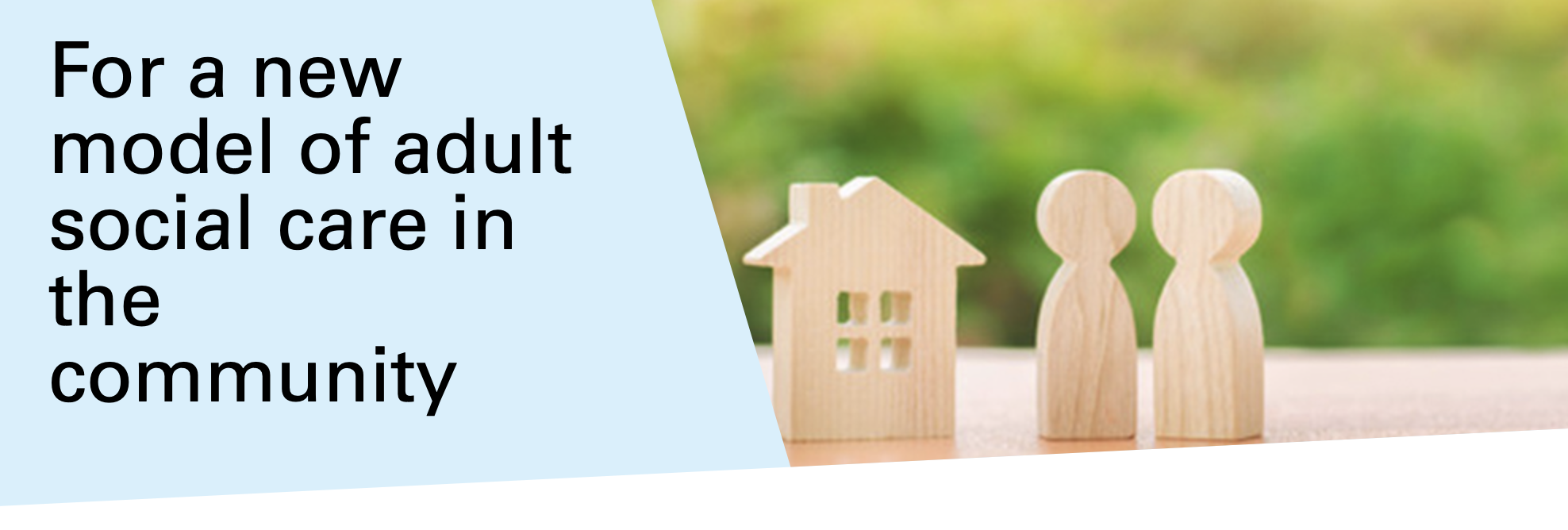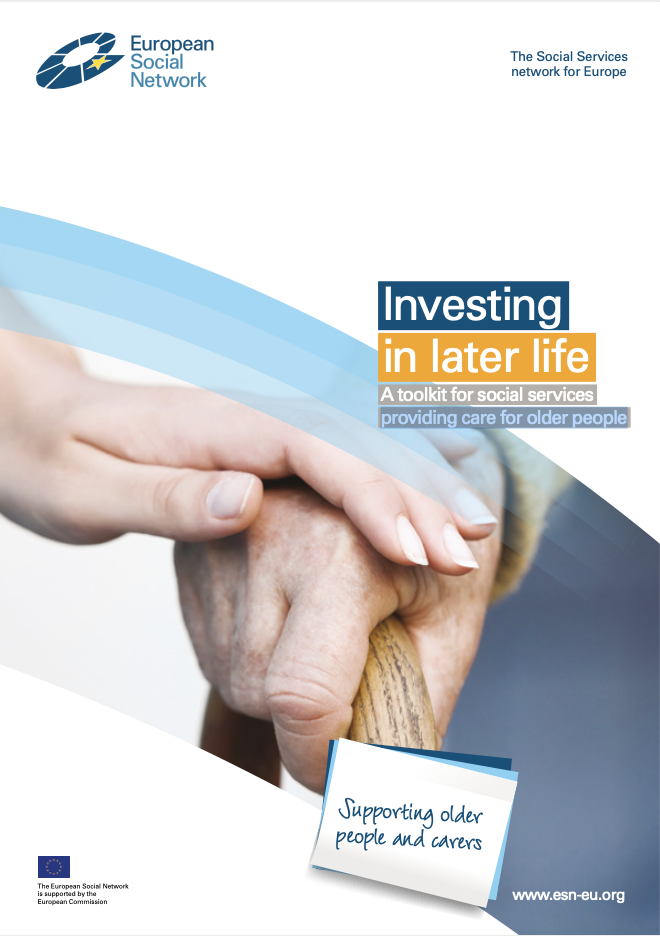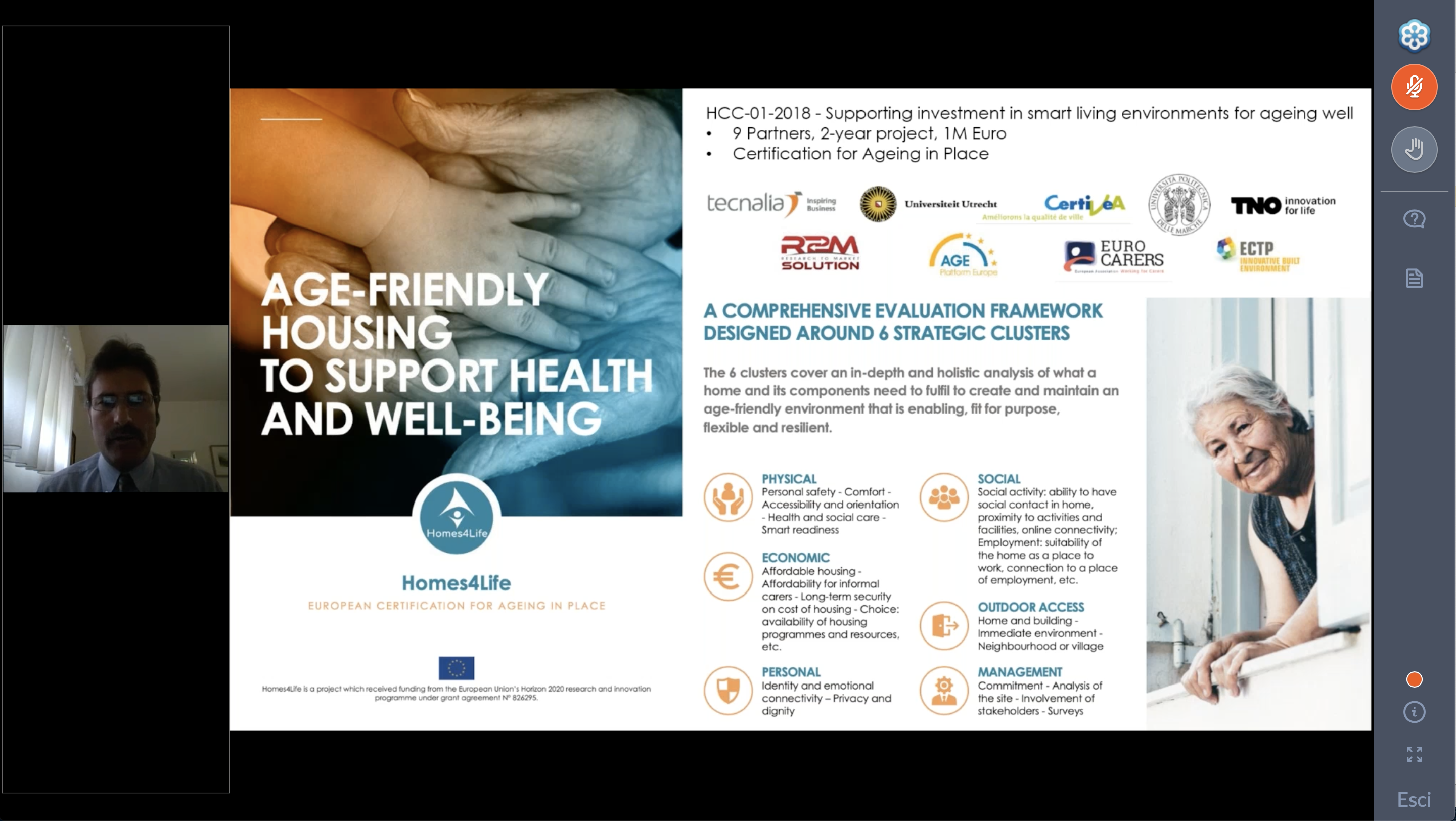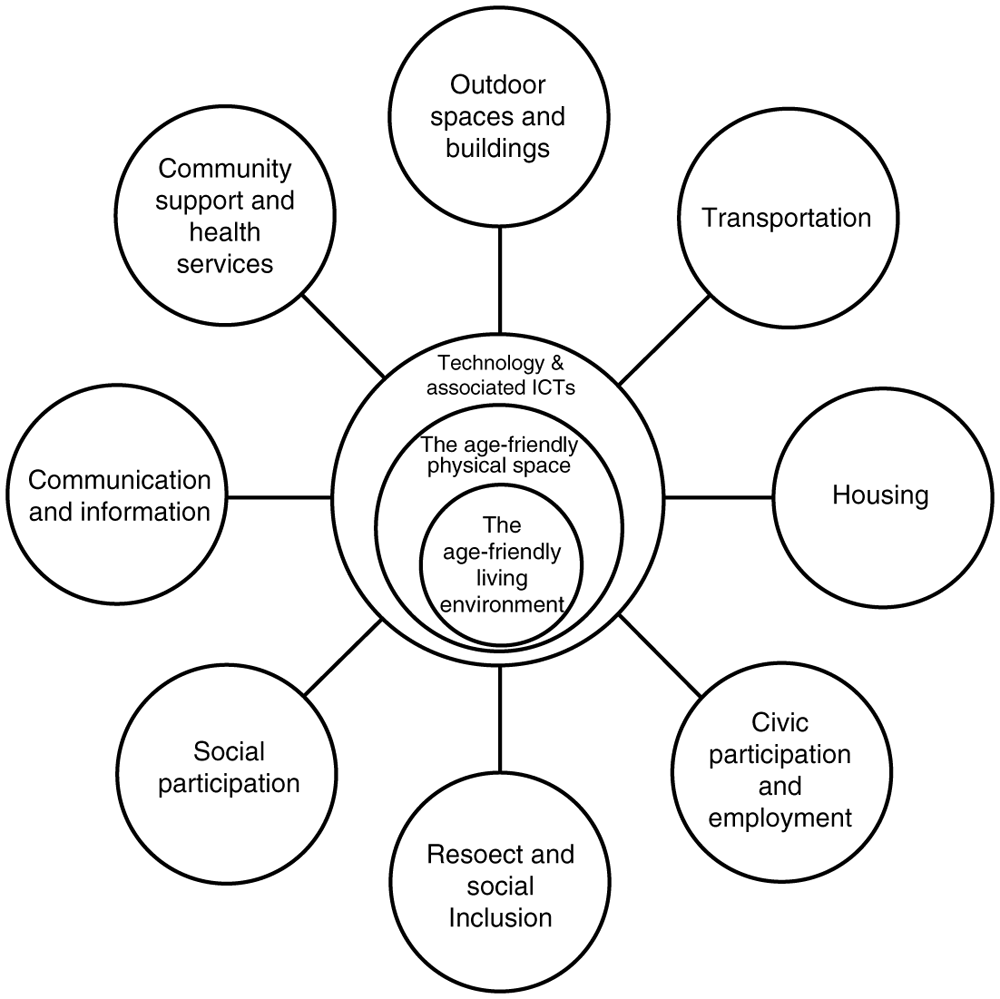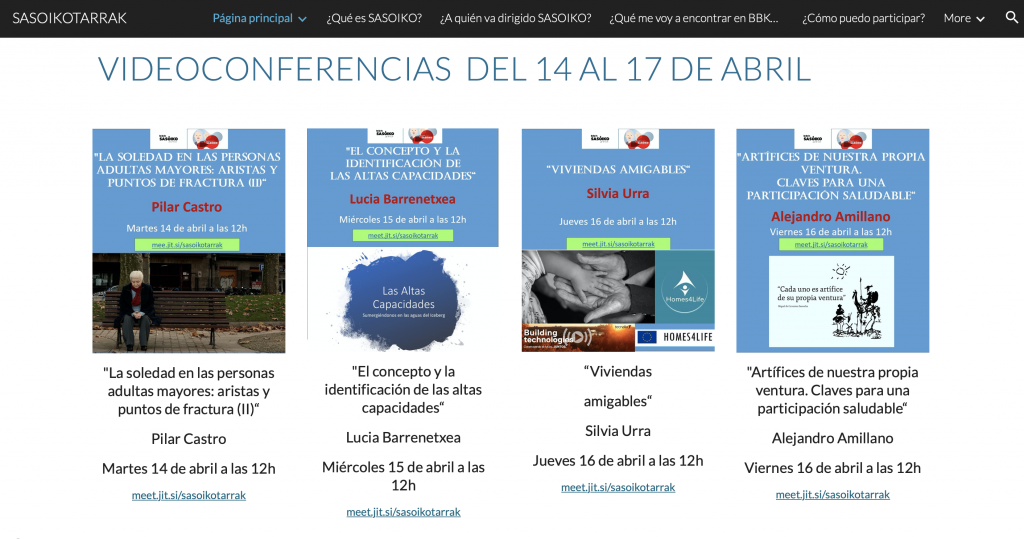The partners of the Homes4Life project are glad to announce that a series of webinars will be organised throughout June and July 2020.

Their objective will be to present the work and studies carried out so far since the beginning of the project, to discuss their outcomes and perspectives, but also to tackle crucial questions related to the concept of age-friendly housing.
External experts will be invited as well and will share their visions. All webinars will be accessible to all and for free.
The 1st webinar will be specific to the Spanish context and will focus on the challenges and opportunities that represents having access to a home for the whole life (NB: This event will be held in Spanish only):
Una vivienda para toda la vida: reto y oportunidad
- 11th June, 2020, 10:00-11:00
- More information and registration here.
Other webinars – in English – will focus on:
- the impact of the current COVID-19 crisis on age-friendly housing
- the taxonomy developed during the Homes4Life project
- the Certification Scheme on age-friendly housing proposed by Homes4life partners.
More information to come very soon !

